Elgin Member, Maquoketa Formation

Graf is a small village near Dubuque, Iowa. A road cut on the road entering the village from the west exposes about 20 feet of the Maquoketa limestone. In this
exposure are some layers of nautiloid death assemblages that are reminiscent of the "nautiloid marble" that is so ubiquitous from Morocco. The best way to access
the exposure is to leave your car in Graf at the public park and walk west along the bike path.

The exposure is easily seen as you walk west from the park. You will want to bring a hammer, safety glasses and gloves.
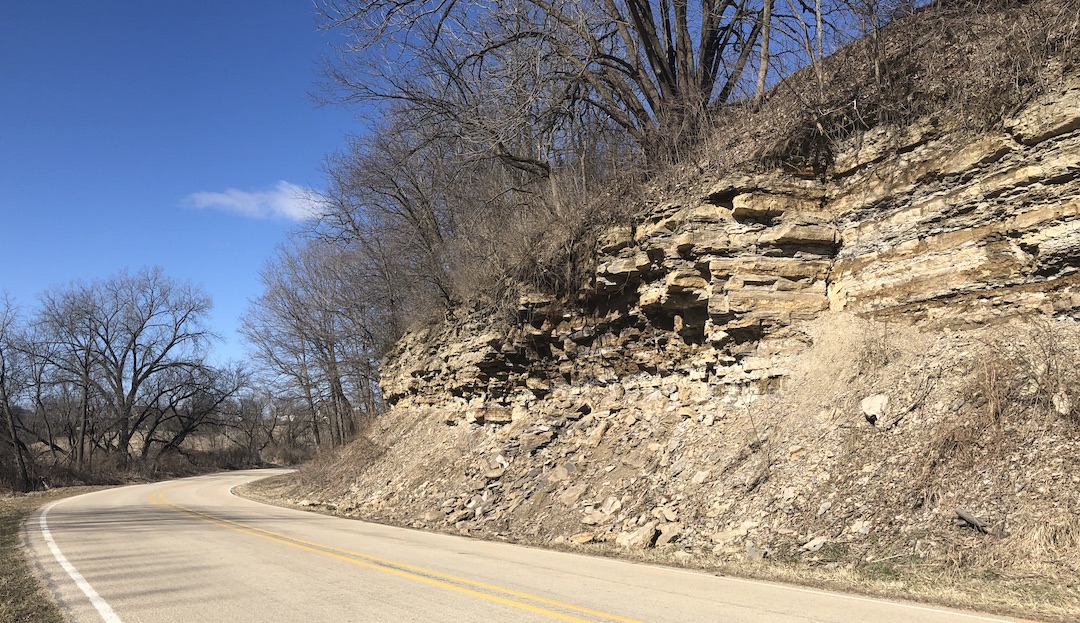
The exposure cannot be missed, it extends all along the road for about 100 meters.

If you climb up the talus slope, you can see the actual layers of nautiloids. The nautiloid coquina is a light brown or yellowish color.

The nautiloids are packed in every which way. the density is simply amazing. The grey layer underneath is also fossiliferous and is known as the "depauperate layer".
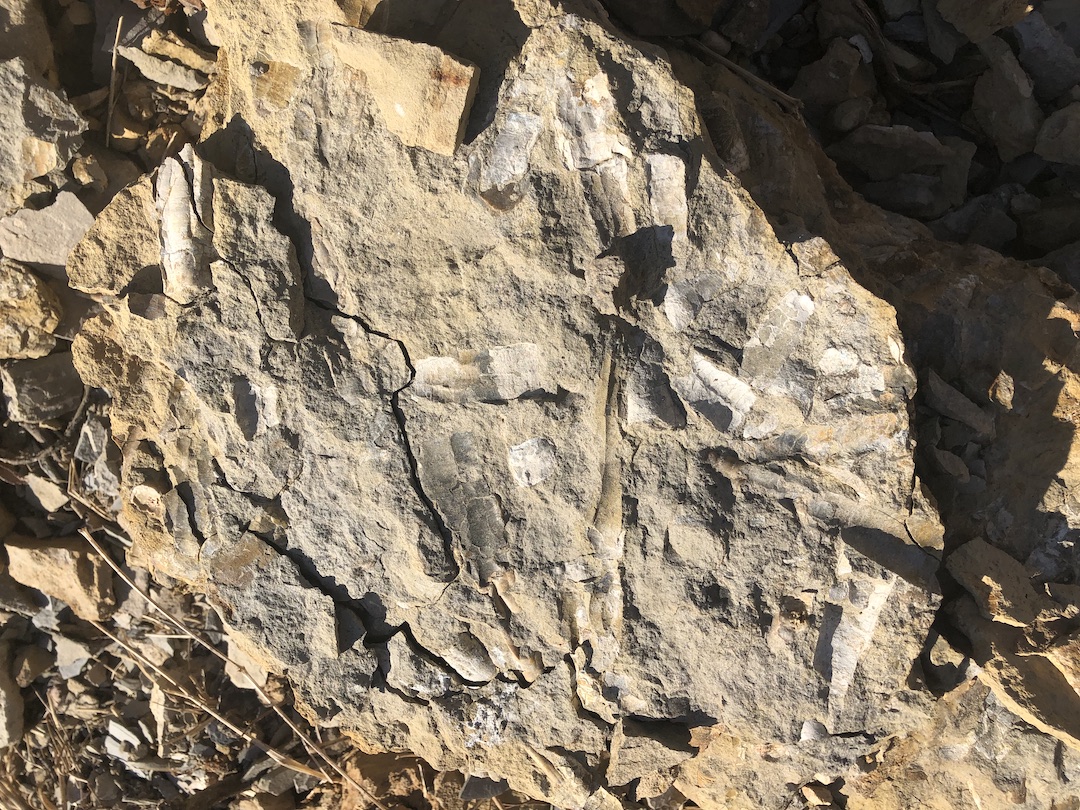
Collecting from the face is rather dangerous and entirely unnecessary as there are plenty of great specimens in the scree piles along the base of the exposure.
The primary layer is about 10 to 15 centimeters thick and blocks of it are easy to find in the scree piles. You can break up the chunks into manageable pieces.
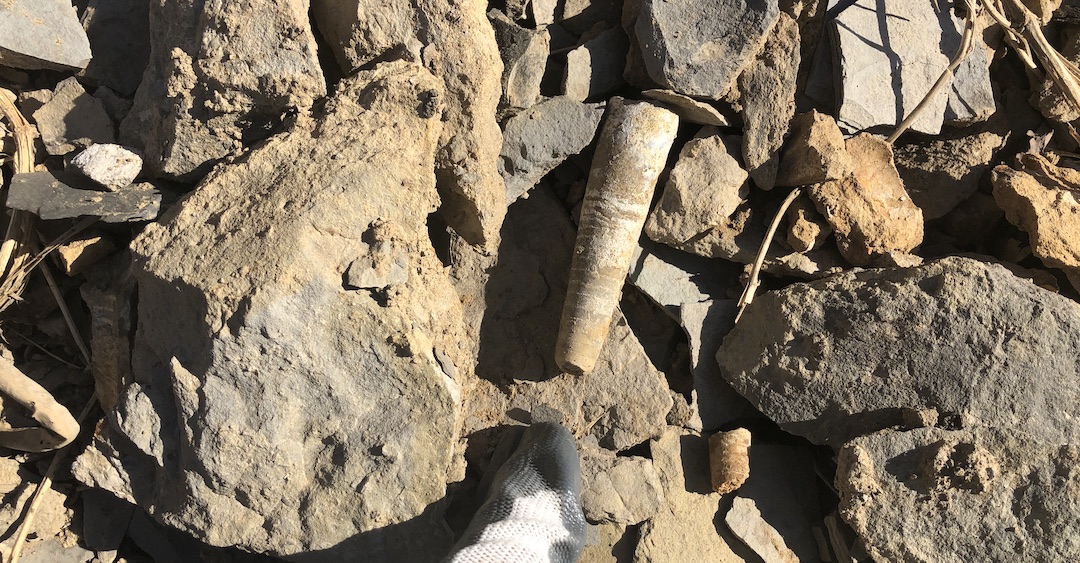
Rooting around in the scree pile, you can easily find some loose nautiloid specimens in excellent condition. Some even retain shiny nacre and coloration.

Isorthoceras sociale
A typical example of the nautiloid found here at Graf.
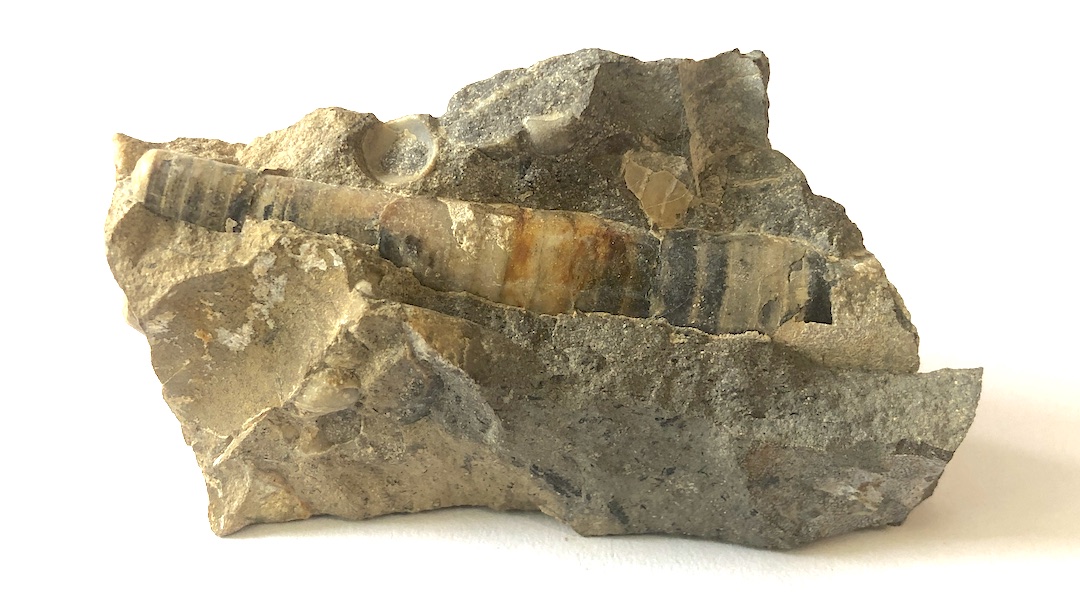
Coloration
This example retains coloration, most likely associated with the taphonomy of the locality rather than any original coloration.
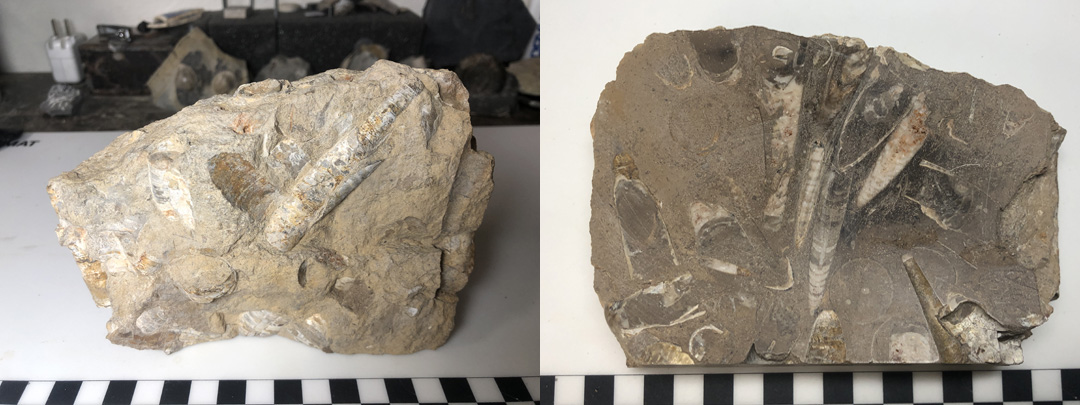
Isorthoceras sociale
The limestone can be cut with a tile saw to make a nice display piece. Solid pieces will take a polish like the Moroccan stuff.
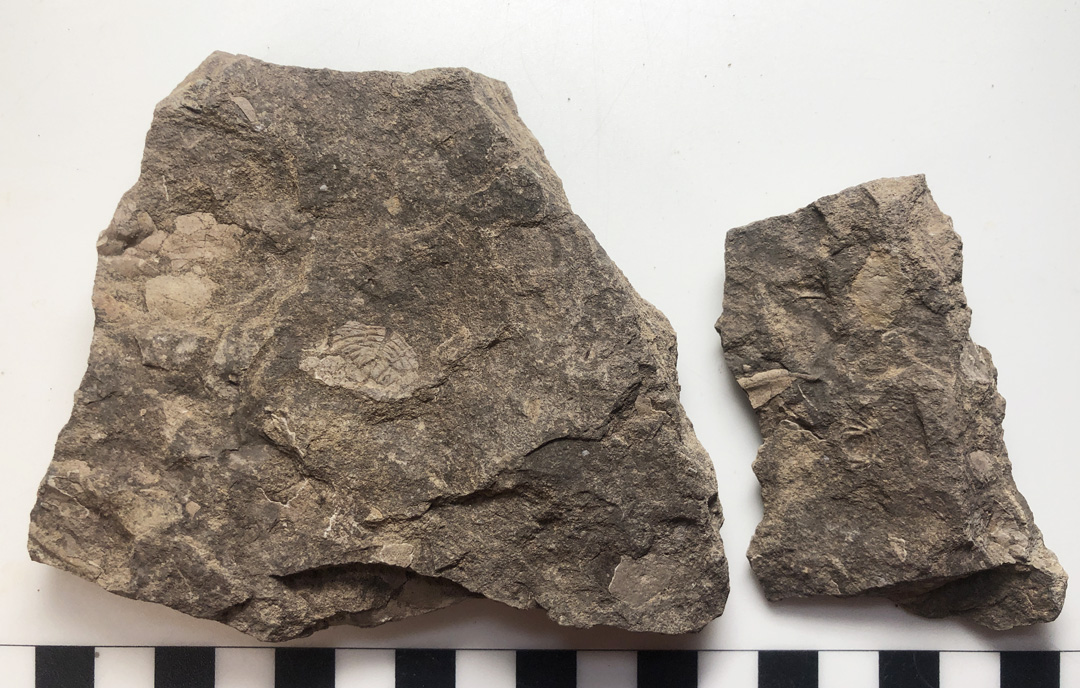
Thelecalymene mammillata
The darker grey layers below the nautiloid layer contain other marine fossils including fragments of trilobites, graptolites, brachiopods and gastropods.
Fossils to be found include : "gastropods (Murchisonia, Liospria), bivalves (Nuculites), and brachiopods (Diceromyonia). Normal-sized cranidia and pygidia
of the trilobite, Thelecalymene mammillata, are not uncommon in the nautiloid beds (Whittington, 1971)"; the phosphatized exoskeletons are finely granulated
and preserve original shell ultrastructure (Mutvei, 1981).

Murchisonia sp.
These gastropods (snail) are also abundant in the depauperate layers.
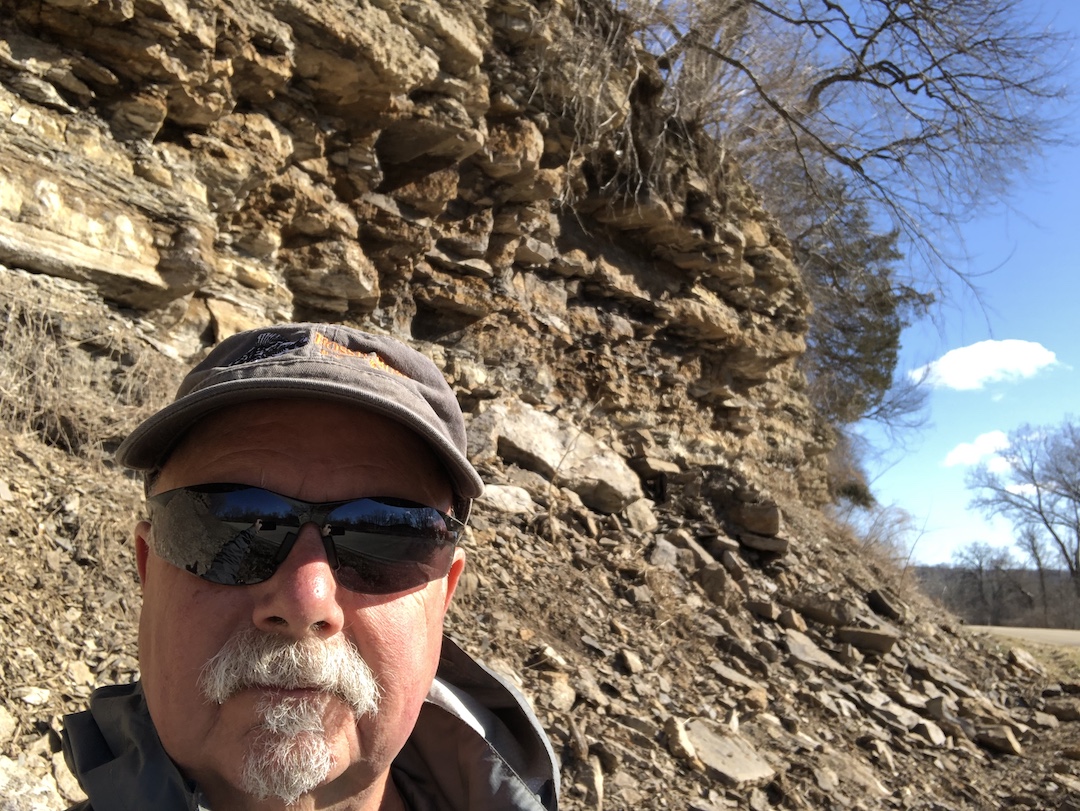
When collecting here, be considerate of others who may follow. Take only what you think you will actually want to keep in your collection.
[Other Sites ] [ Fossil Page ] [ Home ]